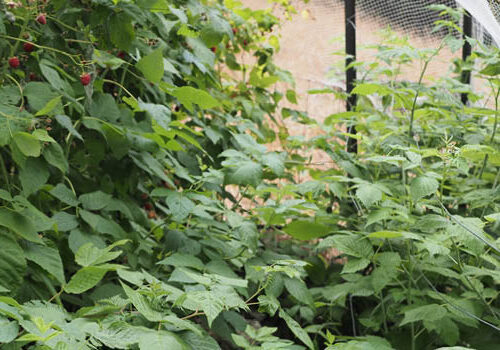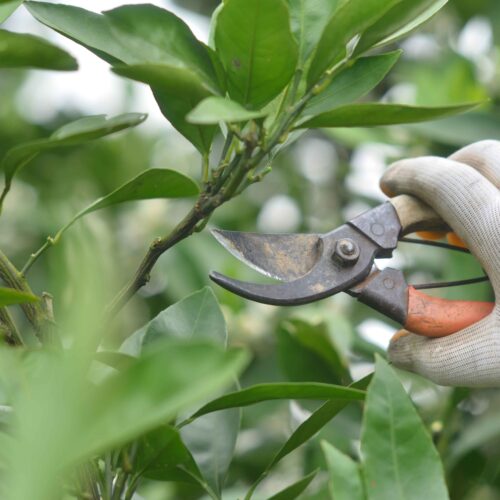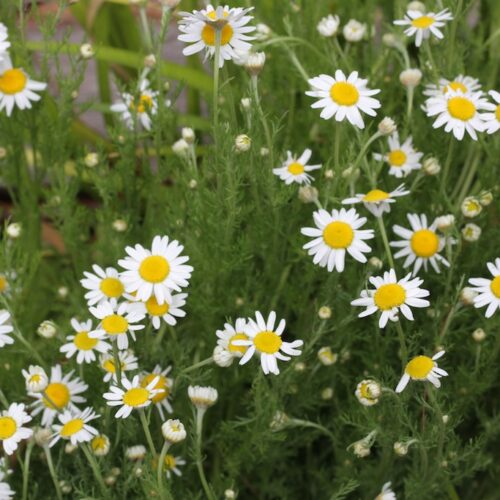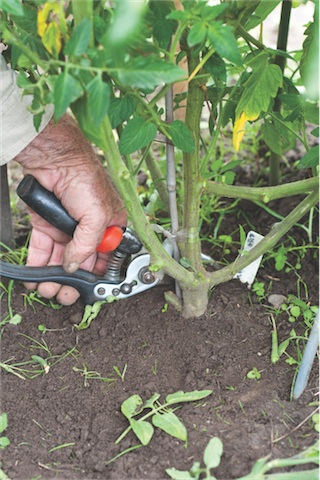Tidying your trees
2017-06-14T02:08:53+10:00
Grab your secateurs. Now's the time to tidy up your trees, says Penny Woodward.
Winter used to be pruning time for all our fruit trees. We now understand that in Australia, for most fruit trees, pruning for the following year’s production is better done straight after harvest. This results in fewer disease problems and less vigorous growth, meaning trees can be kept smaller and are more easily cared for. It also makes it simpler to harvest fruit.
That being said, this is a great time to tidy your trees. It’s an important and relatively easy task. I start by removing any suckers that appear at the base of the tree. My apricot, for instance, is particularly prone to sucker. With a sharp pair of secateurs, just cut the sucker as close to the base as possible. Other deciduous trees, such as old-fashioned lilacs, can have their suckers removed now too. Also non-deciduous trees like bays, Laurus nobilus,tend to sucker vigorously around the base. Just cut them all off.
I also try to tackle my passionfruit suckers at this time of year. Some grafted passionfruit, including Nelly Kellie, will grow suckers from their rootstock if the roots are nicked or damaged in some way. I find the best way to control these growths is to cut them off just below the soil, rather than pulling them out. Each time you pull them out, it re-damages the roots, and a whole clump of new suckers will grow. You need to be very persistent!
Finally, to deciduous fruit trees. Stand back and look for crossed branches and those growing right though the middle. Remove these completely by cutting back at the base. Also remove any damaged and diseased branches. If you’ve got branches hanging down close to, or on the soil, remove these too. This will stop fungal diseases such as apple scab, from splashing from the soil onto the leaves.
As you move from tree to tree, it’s a good idea to wipe the secateur and saw blades with some methylated spirits or ammonia to ensure you’re not spreading disease from one tree to the next.

.jpg)




